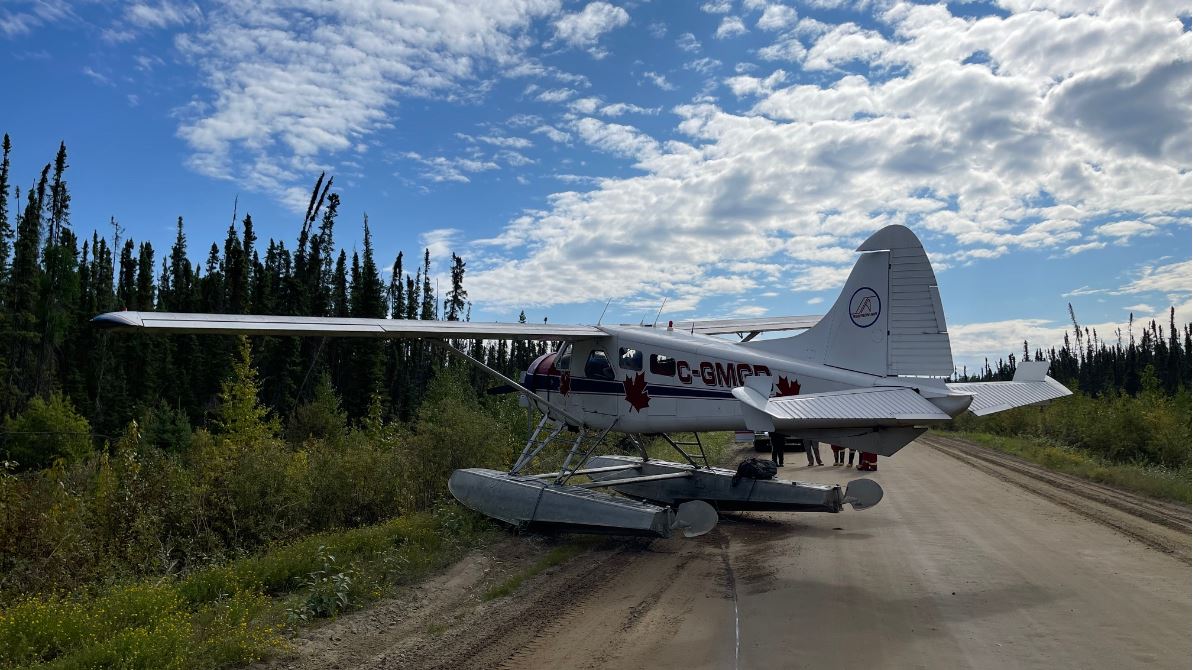Fuel exhaustion
Simpson Air (1981) Limited
De Havilland Aircraft of Canada Limited DHC-2 Mk. I (Beaver) (floatplane), C-GMGD
Fort Simpson Island Water Aerodrome (CEZ7), Northwest Territories, 7 NM W
The occurrence
On 29 August 2024, a Viking DHC-2 Beaver floatplane operated by Simpson Air was on a visual flight rules flight from Rabbitkettle Lake, Northwest Territories, to Fort Simpson Island Water Aerodrome, Northwest Territories, with 1 pilot and 2 passengers on board.
Approximately 7 nautical miles from the intended landing area, the aircraft suffered a complete loss of power. The pilot conducted a forced approach onto Wrigley Highway, landing with minor damage to the left wing. There were no injuries.
Investigation information
Download high-resolution photos from the TSB Flickr page.
Class of investigation
This is a class 4 investigation. These investigations are limited in scope, and while the final reports may contain limited analysis, they do not contain findings or recommendations. Class 4 investigations are generally completed within 220 days. For more information, see the Policy on Occurrence Classification.
TSB investigation process
There are 3 phases to a TSB investigation
- Field phase: a team of investigators examines the occurrence site and wreckage, interviews witnesses and collects pertinent information.
- Examination and analysis phase: the TSB reviews pertinent records, tests components of the wreckage in the lab, determines the sequence of events and identifies safety deficiencies. When safety deficiencies are suspected or confirmed, the TSB advises the appropriate authority without waiting until publication of the final report.
- Report phase: a confidential draft report is approved by the Board and sent to persons and corporations who are directly concerned by the report. They then have the opportunity to dispute or correct information they believe to be incorrect. The Board considers all representations before approving the final report, which is subsequently released to the public.
For more information, see our Investigation process page.
The TSB is an independent agency that investigates air, marine, pipeline, and rail transportation occurrences. Its sole aim is the advancement of transportation safety. It is not the function of the Board to assign fault or determine civil or criminal liability.
